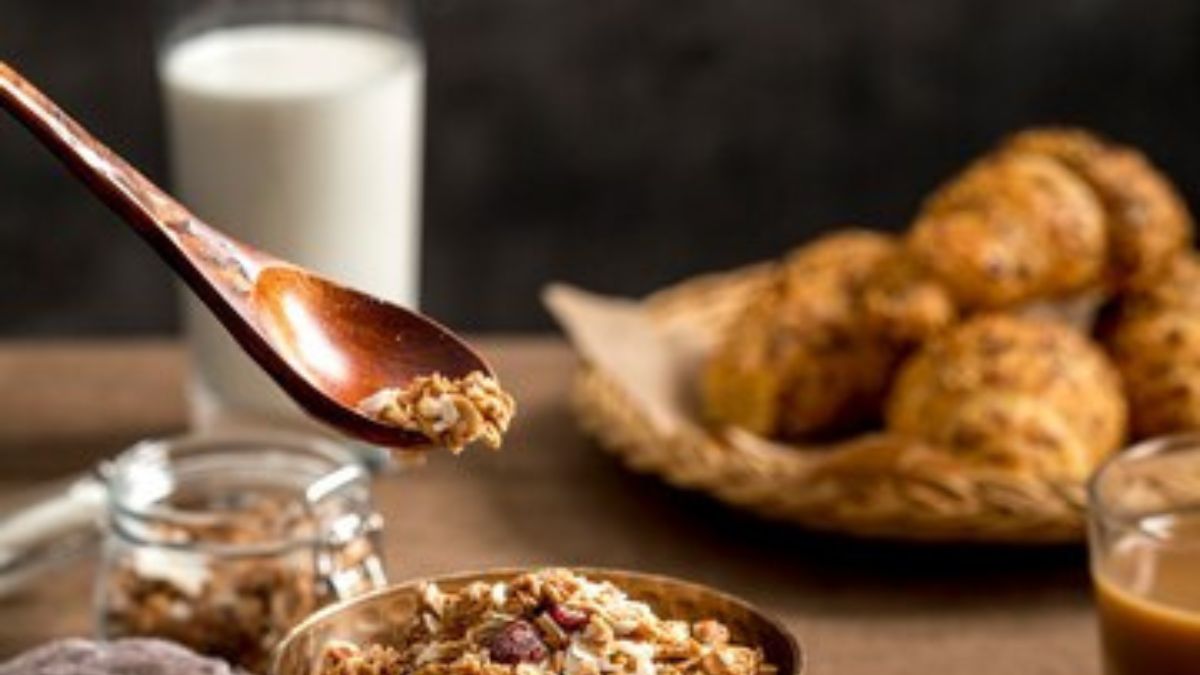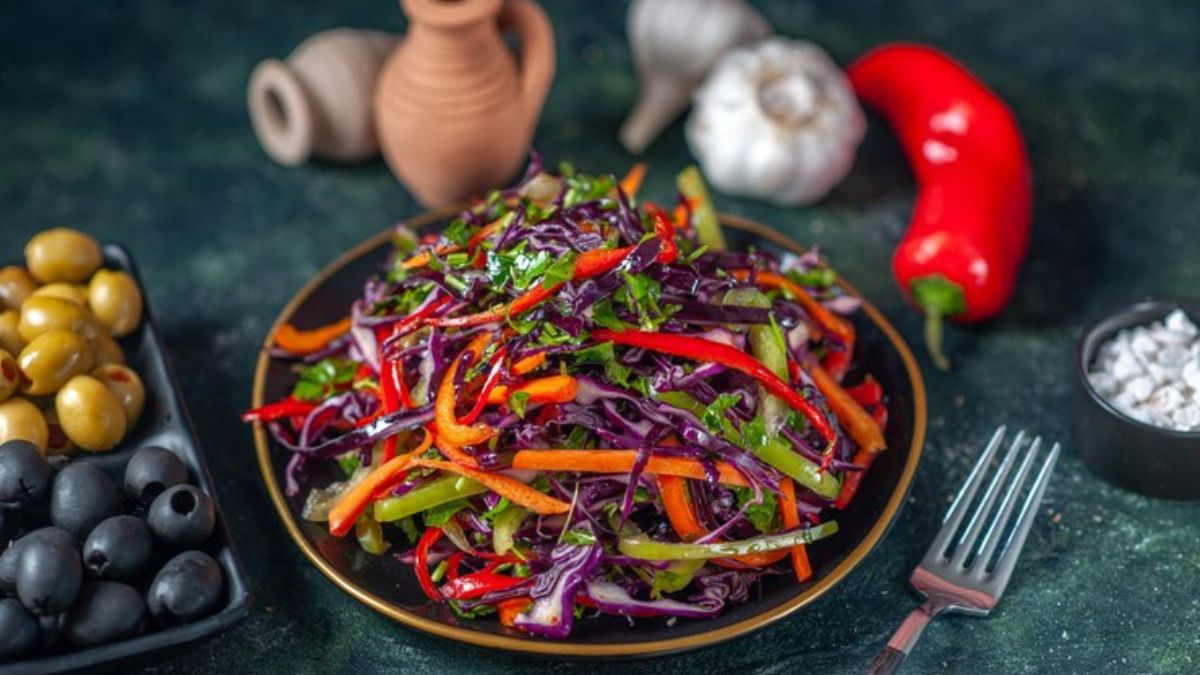Ancient grain in a healthy cereal nytq1 are making a comeback, and for good reason. These nutritional powerhouses have been cultivated for thousands of years, yet many people are just beginning to discover their incredible benefits. Packed with vitamins, minerals, and fiber, ancient grains offer a wholesome alternative to refined cereals that often dominate grocery shelves.
If you’ve ever wondered how something so old could feel so fresh on your plate, you’re not alone. The unique textures and flavors of these grains add diversity to our diets while supporting overall health. As more food brands recognize the value of incorporating ancient grains into their products, they’re transforming breakfast options into nutrient-rich experiences.
Get ready to explore the world of ancient grain in a healthy cereal nytq1—your mornings will never be the same!
Introducing Ancient Grains
Ancient grains refer to a variety of cereal crops that have remained largely unchanged over the centuries. Unlike modern wheat and rice, these grains have a rich history that dates back thousands of years. Think quinoa, farro, millet, and amaranth; each has its own unique story.
These grains were staples in ancient diets around the world. They nourished civilizations from the Incas to Egyptians. The resilience of these crops makes them ideal for diverse climates.
What sets ancient grains apart is their nutritional profile. Many are gluten-free or contain lower amounts of gluten compared to conventional options. This makes them accessible for those with dietary restrictions.
Their nutty flavors and varied textures create exciting culinary possibilities. Incorporating ancient grains into your meals can elevate even the simplest recipes while connecting you with food traditions from our ancestors.
The Nutritional Benefits of Ancient Grains
ancient grain in a healthy cereal nytq1 are a powerhouse of nutrition. They offer a rich source of fiber, which aids digestion and keeps you feeling full longer. This is especially beneficial for those looking to manage their weight.
Packed with essential vitamins and minerals, ancient grains contribute significantly to your daily nutrient intake. Quinoa, for instance, is loaded with protein and contains all nine essential amino acids.
Many ancient grains also have a low glycemic index. This means they can help regulate blood sugar levels, making them an excellent choice for those managing diabetes or insulin sensitivity.
Moreover, these grains boast higher antioxidant levels compared to more common varieties like white rice or wheat. Antioxidants play a crucial role in fighting free radicals in the body, promoting overall health.
Incorporating ancient grains into your diet not only enhances nutritional value but also adds exciting flavors and textures to meals.
How to Incorporate Ancient Grains into Your Diet
Ancient grains are versatile and can easily fit into your daily meals. Start by swapping out your usual rice or pasta for quinoa, farro, or spelt. These grains add both flavor and nutrition to any dish.
Try adding them to salads for a hearty boost. Cooked ancient grains pair wonderfully with fresh veggies and a light dressing. It’s an easy way to elevate your lunch routine.
Breakfast is another perfect opportunity. Use cooked amaranth or millet as a warm cereal base topped with fruits and nuts for a nutritious start to the day.
Don’t forget about baking! Incorporate ancient grain flours like einkorn or teff into muffins, pancakes, or bread recipes for added texture and taste.
Experimenting with these grains opens up endless culinary possibilities while enhancing the nutritional profile of your meals.
The Rise of Healthy Cereals with Ancient Grains
The cereal aisle has undergone a remarkable transformation. Once dominated by sugary options, it now showcases the nutritional prowess of ancient grains. Consumers are more informed and health-conscious than ever before.
Ancient grains like quinoa, farro, and spelt are making their mark. They offer a wholesome alternative packed with fiber, protein, and essential nutrients. This shift reflects a growing trend towards simplicity in ingredients—no artificial additives or excessive processing.
Brands keen to capture this market have innovated by blending these grains into traditional cereals. The result is not just delicious but also nourishing. Breakfast bowls filled with color and texture are becoming the norm rather than the exception.
With this rise comes an opportunity for families seeking healthier lifestyle choices without sacrificing taste. Ancient grains provide versatility that appeals to both the palate and well-being goals alike.
Top 5 Ancient Grain Cereal Brands to Try in 2021
When it comes to exploring ancient grains in cereals, a handful of brands stand out for their quality and flavor.
First up is **Nature’s Path**. Their organic cereals incorporate quinoa and spelt, offering a deliciously nutty taste while being packed with nutrients.
Next is **Kashi**, known for its commitment to whole grains. Their Ancient Grains cereal blends various seeds and grains for an energizing breakfast option.
**Ezekiel 4:9** takes the spotlight with sprouted grain options that boast impressive protein content. This brand focuses on simple ingredients without sacrificing flavor.
Don’t overlook **Cascadian Farm**, which features a delightful blend of oats, barley, and rye in their crunchy clusters. It’s perfect for both classic bowls or as a topping!
Try **Bob’s Red Mill** if you’re after versatility. Their ancient grain muesli allows you to customize your mix with fruits or nuts while enjoying wholesome goodness.
Tips for Choosing a Healthy Ancient Grain Cereal
When selecting a healthy ancient grain cereal, start by checking the ingredient list. Look for whole grains as the first item; this ensures you’re getting the maximum nutritional benefits.
Next, scrutinize the sugar content. Many cereals are deceptively sweetened, which can undermine their healthiness. Aim for options with less than 5 grams of added sugar per serving.
Fiber is another critical factor to consider. Higher fiber content promotes satiety and aids digestion. Seek cereals that offer at least 3-5 grams of fiber per serving.
Additionally, pay attention to protein levels. A good balance between carbohydrates and protein helps sustain energy throughout your day.
Don’t shy away from experimenting with flavors and textures! Ancient grains come in various forms—quinoa flakes or buckwheat granola can add a delightful twist to your breakfast routine.
Conclusion:
Exploring ancient grain in a healthy cereal nytq1 opens up a world of flavors and health benefits. These nutrient-dense options can transform an ordinary meal into a powerhouse of nutrition.
As more people seek healthier diets, the demand for ancient grain cereals continues to grow. This trend not only promotes better eating habits but also supports sustainable agriculture practices.
Incorporating these grains into your daily routine is easier than ever. From breakfast bowls to snacks, there’s no shortage of delicious ways to enjoy them.
The future looks bright for those looking to enhance their diet with nutritious choices. Ancient grains are making their mark in the culinary scene and beyond. Embracing this movement means embracing wellness and flavor all at once.
FAQ’s
What are ancient grains?
Ancient grains refer to whole grains that have been cultivated for thousands of years. Examples include quinoa, farro, spelt, and amaranth. These grains have remained largely unchanged over time and retain their nutritional value.
Are ancient grains healthier than modern wheat?
Many people believe that ancient grains offer superior health benefits compared to modern wheat. They tend to be higher in protein, fiber, vitamins, and minerals. Additionally, some find them easier to digest due to lower gluten levels.
How can I store ancient grain cereals?
To keep your ancient grain cereals fresh, store them in a cool, dry place in an airtight container. For longer shelf life, consider refrigerating or freezing larger quantities.
Can children eat ancient grain cereals?
Absolutely! Ancient grain cereals can be a nutritious option for kids. Their unique flavors and textures may even make breakfast more appealing.










